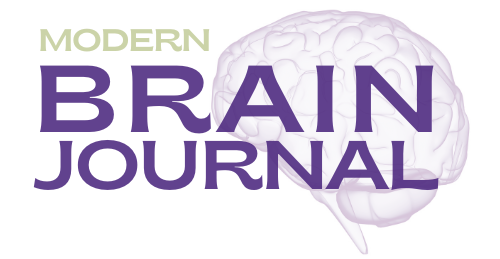Six minutes of high-intensity exercise might delay Alzheimer’s
If you don’t consider yourself an exercise enthusiast but you understand the benefits of physical exercise on the body and brain, take note: A new study indicates that just six minutes of high-intensity exercise might delay the onset of Alzheimer’s and other neurodegenerative disorders.
The Research
Researchers from University of Otago in New Zealand wanted to study the effects of naturally increasing brain-derived neurotrophic factor (BDNF), a specialized protein that promotes neuroplasticity.
“BDNF has shown great promise in animal models, but pharmaceutical interventions have thus far failed to safely harness the protective power of BDNF in humans,” explains the study’s lead author Travis Gibbons of University of Otago. “We saw the need to explore non-pharmacological approaches that can preserve the brain’s capacity which humans can use to naturally increase BDNF to help with healthy aging.”
In order to separate the result of fasting, light exercise, high-intensity exercise, and a combination of fasting and exercise, the team had the 12 physically active study participants (6 male, 6 female; all 18-56 years old) engage in a variety of different interventions, including:
• Fasting for 20 hours
• Light exercise (90 minutes of low-intensity cycling)
• High-intensity exercise (six minutes of vigorous cycling)
• A combination of fasting and exercise
The researchers measured the BDNF concentrations of the 12 participants after each intervention.
The Results
Although light, prolonged exercise did create a slight increase in BDNF concentration), fasting alone created no change in BDNF concentration. However, the brief but vigorous exercise was the most efficient at increased BDNF (even compared to fasting with 90 minutes of low-intensity cycling). In fact, BDNF increased by four to five-fold compared to the other forms of single interventions.
Although more research is needed, there are two theories regarding the increased BDNF during exercise:
1. During high-intensity exercise, the brain’s cerebral substrate switch may change its fuel source from glucose to lactate, which initiates pathways that results in more BDNF in the blood.
2. More BDNF during exercise might be due to an increase in a concentration of platelets, which store large amounts of BDNF.
Regardless of the cause, the research does seem to point to the brain benefits of high-intensity exercise, particularly regarding neuroplasticity.
The results were published in the Journal of Physiology.
MBJ
Wendy Burt-Thomas writes about the brain, mental health and parenting.
Check out the original research:


